March 24th, 2017
BURLINGTON, ON
In a couple of weeks the City of Hamilton will be hosting its Big Picture event, an opportunity for the arts and cultural industries to come together and tell city government how to make arts and culture the city’s engine of growth. It’s all part of the economic evolution taking place in Hamilton, a city known as a poor cousin to it’s noisy neighbour, Toronto.
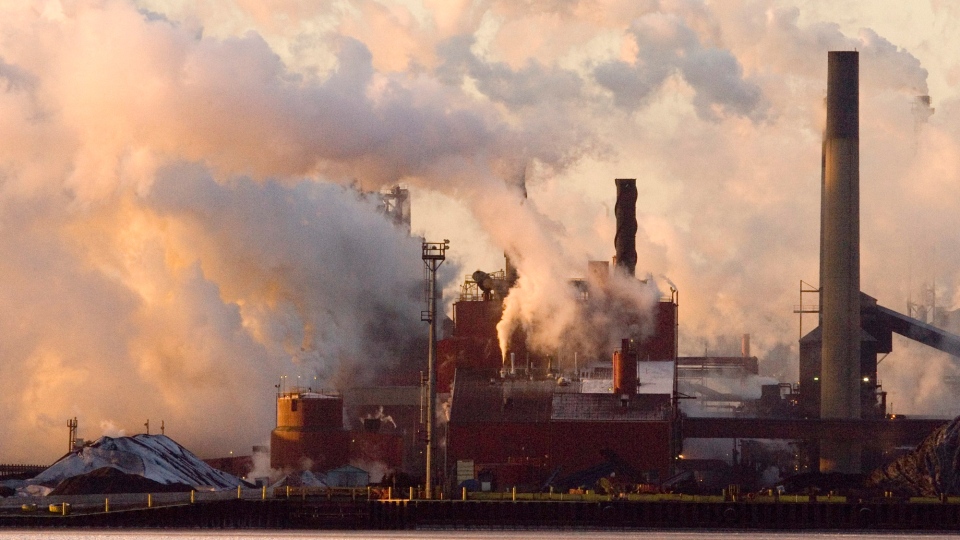
Decades of pollution that fouled the air and polluted the water and created some immense wealth for a few – certainly not the steel plant pensioners will pictures like this be in Hamilton museums only?
Many commercial institutions have long deserted Hamilton, following the sweet smell of money and drifting to that other big smoke. Even the ‘steel-town’ moniker no longer fits since Stelco was raped and dismembered by a US competitor. Hamilton has struggled with its identity for decades, suffering economic malaise and some of the highest property taxes in the province until just recently.
And even twenty years after a forced amalgamation of surrounding area communities, intended to fix the city, it still struggles with its identity. It is not uncommon for suburban politicians to occasionally play the parochially divisive card of what’s-in-it-for-me, threatening progressive initiatives such as transit systems not in their wards. And there is still the odd die-hard anti-amalgamation separatist in the sticks, where I live.
Still, the city’s leaders have come to a genuine consensus that Hamilton’s road-map to future prosperity follows the route of developing its emerging arts and culture sector into a thriving industry. After all they’ve seen the numbers. The Conference Board of Canada estimates that municipal investment into the arts returns anywhere from $7 to $12 on the dollar. That beats trying to keep the old steel plant alive.
The Chamber of Commerce agrees with Council, but switching to the right-side of the brain for a community too often focused on steel, coal and electricity is not without its challenges. And there is a lot of competition out there, including a growing list of other communities also looking to break into the arts business big league, and attracting all of that talent for themselves. Recall that good old Hog Town has more than 120 professional companies performing on more than 40 stages, and is third in annual ticket sales globally, just behind New York and London.
Another issue is money. The Hamilton Spectator recently reported that Hamilton remains far behind most other cities in arts funding per capita. It points out that the Art Gallery, the Philharmonic Orchestra and Theatre Aquarius get less municipal funding than other similar organizations across the country. And with Hamilton expected to outperform the national economy this would be a good time to correct that financial imbalance.
But money is not the only impediment to attracting artists and their audiences/customers. City bylaws, zoning and building codes, transportation routes and parking all have a role to play and no doubt will be on the table as part of the discussion of the Big Picture. Then there is the matter of where artists work and sleep – workshops and housing. That used to be an easy problem to solve given Hamilton’s traditionally low housing prices and rental rates.
But while we were sleeping Hamilton-Burlington has ballooned into one of the fastest growing housing markets in the country, rivalling and even exceeding Toronto and Vancouver, by rate of change, if not actual value of transactions. Sky-high home prices, low rental vacancy rates, and gridlock are the proverbial chickens coming home-to-roost in TO. So would-be home buyers are heading over to nearby Burlington and Hamilton, driving up prices and driving down accessibility.
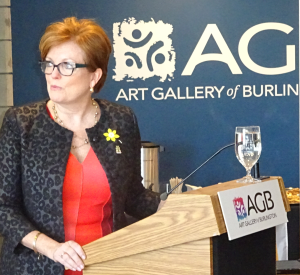
Burlington’s MPP, Eleanor McMahon, who is also Minister of Tourism, Culture and Sport has brought home some bacon for Burlington.
Burlington’s MPP, Eleanor McMahon, who is also Minister of Tourism, Culture and Sport, recently announced a new provincial strategy for cultural industries. She points out that the culture sector adds more than $25 billion to Ontario’s economy, supporting approximately 280,000 jobs, and including almost 60,000 folks directly employed in the arts across the province. This is only a strategy, though one expects it will eventually come with some hard currency for that bigger picture the province is promising to paint.
And one has to recall that Hamilton has deep roots and credibility in the cultural arts sector. Karen Kane, James Balfour, Eugene Levy, Martin Short, Lawrence Hill, Steve Paikin, Daniel Lanois, Neil Peart, Rita Chiarelli, Stan Rogers call or called Hamilton their home. Even Rompin’ Ronnie Hawkins, the Hawk, claims he got his start at a local bar in the city. And he’d be a great opener of the event.
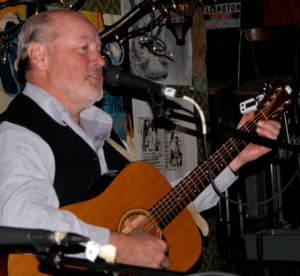 Ray Rivers writes weekly on both federal and provincial politics, applying his more than 25 years as a federal bureaucrat to his thinking. Rivers was a candidate for provincial office in Burlington in 1995. He was the founder of the Burlington citizen committee on sustainability at a time when climate warming was a hotly debated subject. Tweet @rayzrivers
Ray Rivers writes weekly on both federal and provincial politics, applying his more than 25 years as a federal bureaucrat to his thinking. Rivers was a candidate for provincial office in Burlington in 1995. He was the founder of the Burlington citizen committee on sustainability at a time when climate warming was a hotly debated subject. Tweet @rayzrivers
Background links:
Big Picture – Economic History – High Hamilton Taxes – Vacancy Rates –
Housing Prices – Hamilton Hot Prices – Hamilton Economy – Arts Drives Hamilton –
Hot Housing Market – World Theatres – Ontario Strategy – Hamilton Artists –















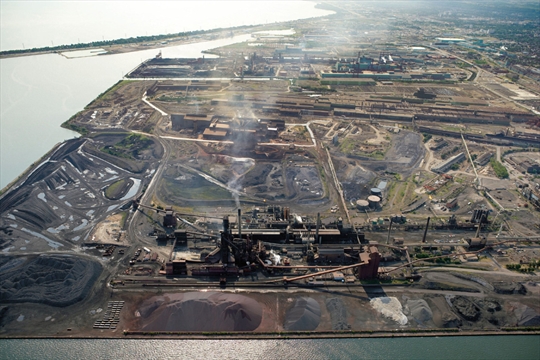
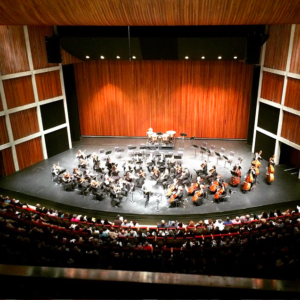
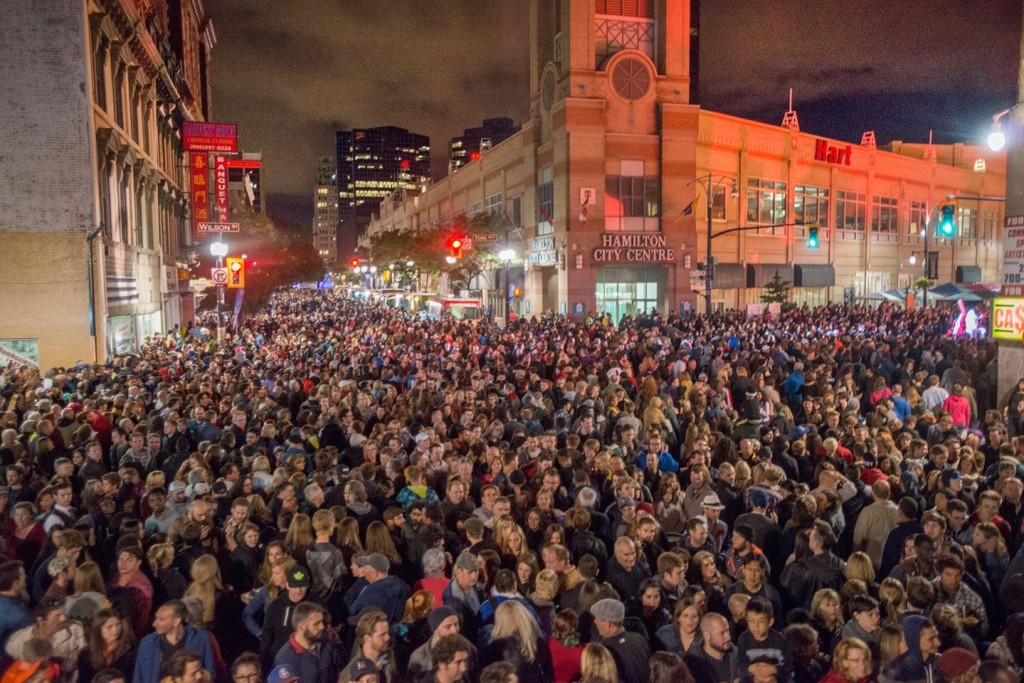


This notion that a thriving arts and culture community is going to become a serious driver of economic recovery and revitalization is naive in the extreme. While the arts and cultural communities are important in the overall fabric of a community they don’t produce enough high paying, skilled jobs in sufficient numbers to be hugely impactful. Moreover, the multiplier effect they have in spinoff industries is low.
What Hamilton needs is a large influx of talented entrepreneurs who have substantial capital to invest and re-build what was once a thriving manufacturing centre. It needs a provincial government which actually encourages business investment instead of scaring it off with exorbitant hydro rates, rising taxes and an endless profusion of paperwork and bureaucracy. It also needs people at City Hall with some business acumen who actually understand what is involved in building successful businesses.
Take a look at the Most Profitable Small Companies in Canada, and count the number based in Hamilton. There aren’t many: https://www.profitguide.com/microsite/profit500/2016/ . If you can’t originate then plagiarize. Find out why so many small high tech manufacturing firms are based in Kitchener-Waterloo, then emulate. K-W has a business friendly City Council, it has two universities that are closely intertwined with the business community (a marriage that has also spawned many new companies), and it has a clearly articulated business development strategy that works really, really well.
How is Ontario itself going to attract new business, let alone Hamilton? As Ontario’s electricity rates go, out of sight, due to insane energy policies, and Americas goes, down, down, down, down, which it will do, we should be seriously starting to think how we are going to keep our current businesses from leaving in order to survive. That’s a reality that no matter how far one shoves his head in the sand, it isn’t going to go away. The Jobs will though.